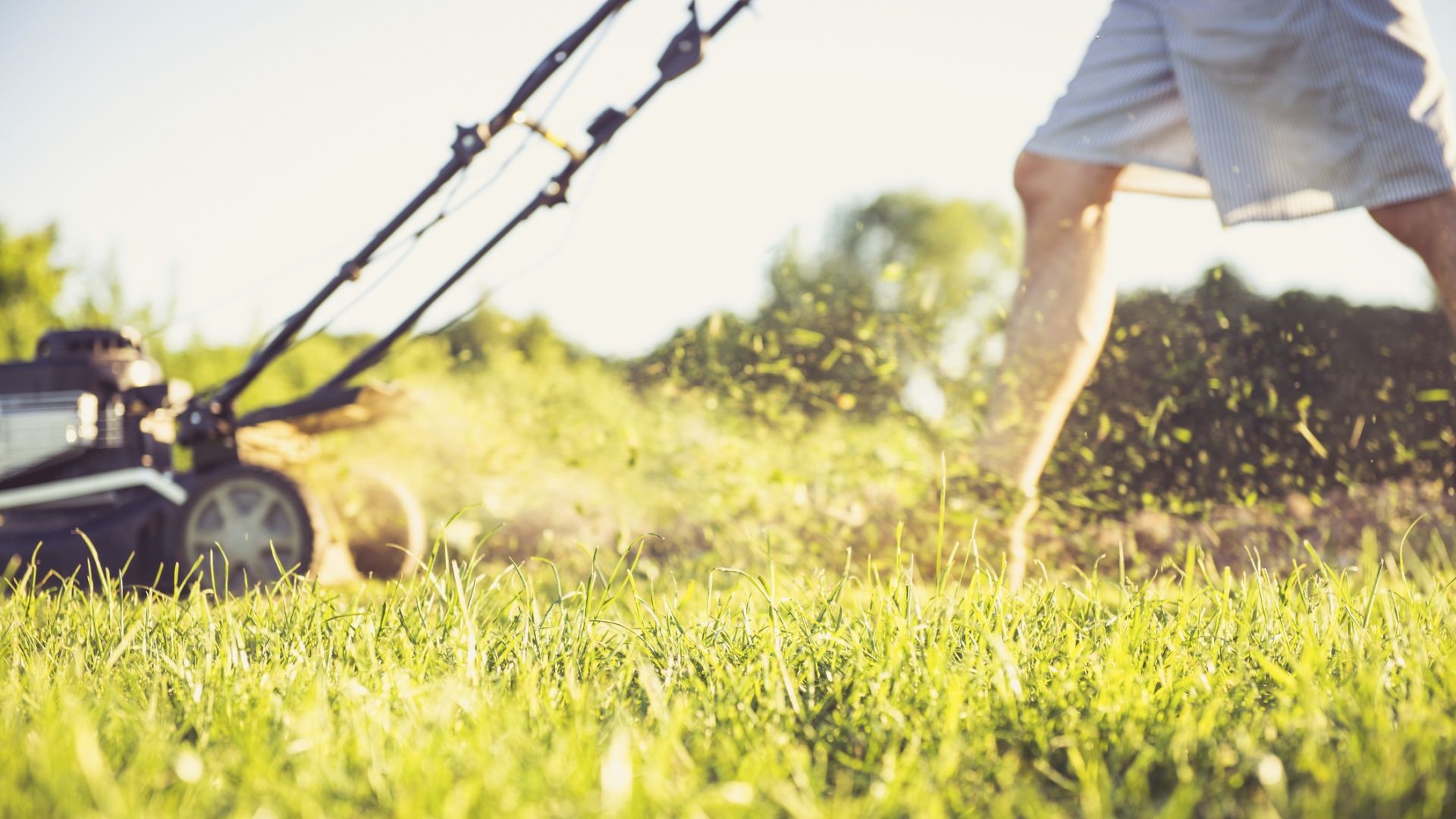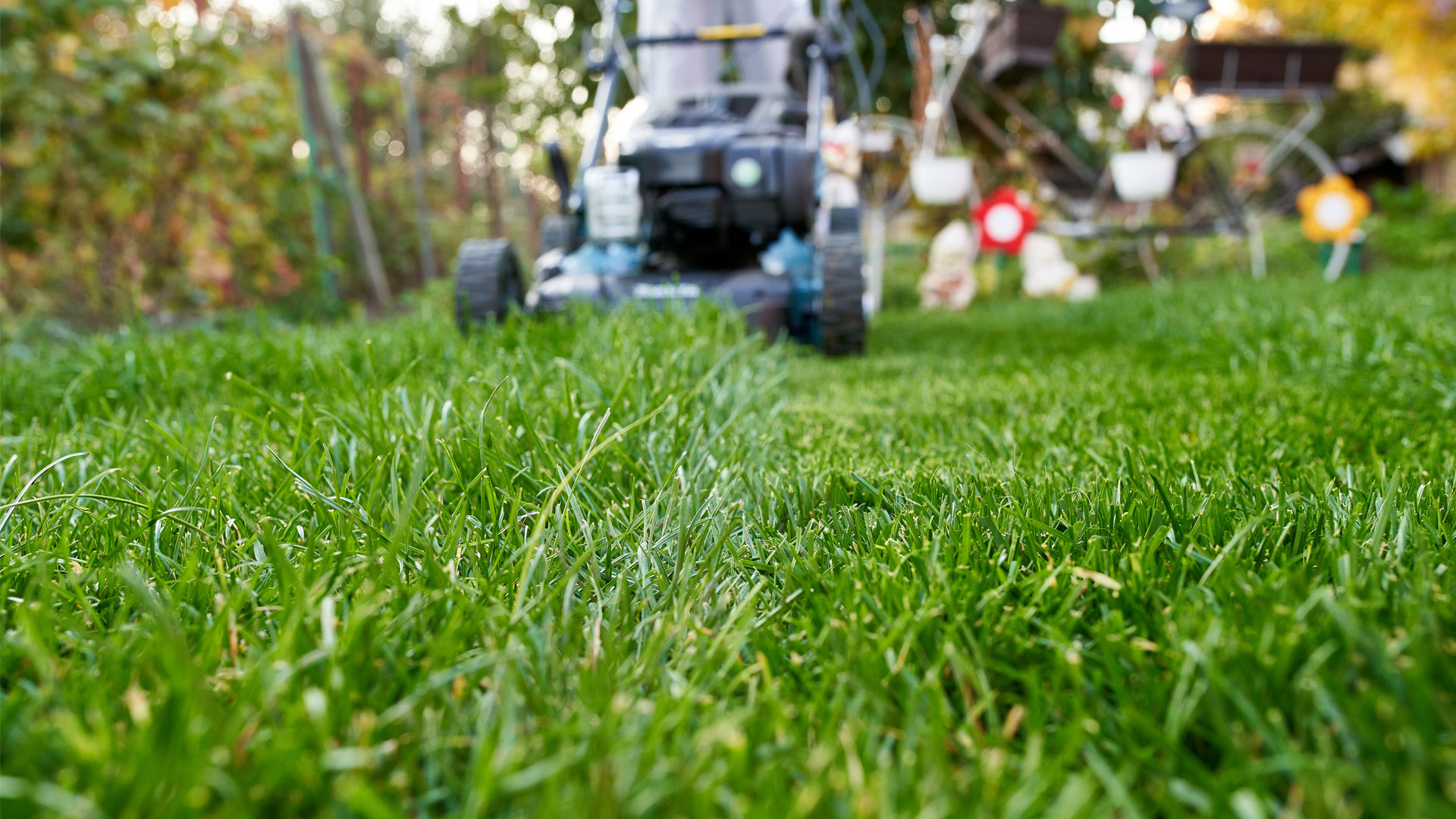How to make your lawn greener
Breathe new life into your backyard this summer with these lawn care tips.

The defining feature of a stunning backyard is a luscious green lawn; it can offset a number of plants and flowers, as well as being the perfect place to relax in the summer. These tips will help you make that kind of emerald lawn a reality and give you an outdoor space to be proud of.
Of course, the key to a stunning backyard is a good gardening routine. Whether you’re prepared with one of the best gas lawn mowers or the best lawn edgers, you’re probably eager to get to work, especially if you’re suffering from unattractive-looking areas of brown grass.
With these lawn solutions, it won’t be too long before your garden returns to perfect green color, as well as having overall improved health. These fixes won’t break the bank either and are things you can take up as you go about your summer mowing routine. So, with these tips in place, you can look forward to spending more time on your lovely lawn.
1. Identify your grass type and mow it accordingly
While it may seem like a blade of grass is a blade of grass, there’s enough differentiation between the different kinds to warrant doing some research. Why? Well, mainly because not all grass can be maintained in the same way.
Cool-season grass is found mostly in the northern states and consists of variants like Kentucky Blue Grass, Tall Fescues, Fine Fescues, and Perennial Ryegrass. These grasses are durable and require more shade to grow lush and green. At the other end of the spectrum are warm-season grasses that thrive in the hotter southern states and hold up well underfoot. Think Bermuda Grass, Bahia, Centipede Grass, and Zoysia Grass.
We go into detail about how to mow each kind of grass in our guide to how to cut your lawn to the best height, but the rule of thumb is that cool-season grasses need to be mowed taller, while warm-season grasses can handle a shorter cut. Mowing correctly is the first step to making sure your lawn stays green.
2. Aerate your lawn
Even with the best electric lawn mower or gas mower, those weekly or every-other-week mows can cause the soil beneath your lawn to become compacted. Add in people walking across it day in and day out, and the soil can lose its ability to circulate air, drain water, and absorb nutrients. The result? Dull and lifeless grass.
Sign up to receive the latest news, reviews, buying guides and deals direct to your inbox
The good news is, regular lawn aeration can help, and don’t worry, no mouth-to-mouth resuscitation of grass blades is required! Aerating your lawn simply means punching holes about three inches deep around your yard to provide the grass with an ideal growing environment.
You’ll be relieved to know that this is a once-a-year job too. For cool-season grasses, aerate in the early spring or fall, and for warm-season grasses, late spring is ideal. If you have a large lawn you can rent an aerating machine, but for small to medium-sized lawns a handheld aerating tool will do the job just fine.

3. Tactically water your lawn
If you want to know how to get rid of lawn weeds as well as make your grass greener, this tip is a golden one. Many gardeners water frequently but at a surface level, which encourages weeds and also won’t help the health of your lawn either. Deeper and less often is the key as this allows the roots to grow further down into the soil, which not only leads to greener grass but also leaves less room for deep-rooted weeds to take hold.
There’s no hard and fast definition about what deep and infrequent watering looks like, but it generally means that the lawn needs to be soaked to at least eight inches below the soil surface. While some experts suggest a mere one inch, we don’t recommend this as an inch of water will evaporate quickly making it less likely the roots will get a good drink.
How often you do this will depend on the kind of soil you have. Soils with a high proportion of clay hold moisture for longer than soils with a high amount of sand, but it also takes longer for the water to penetrate down to the roots. Because of that, you can get away with less watering of clay soils, around once per week, whereas sand soils will need double dousing. If you live in an area with extreme summer heat, add in a light daily watering to cool the grass down in addition to your deeper weekly waterings.
4. Fertilize
Grass operates in much the same way as we humans do, it needs the right food in order to flourish, but before you rush out and buy fertilizer there are a few things to consider.
If you’re new to lawn care, it can be helpful to conduct a soil test to learn what your lawn needs and what it doesn’t. While this small investment may seem unnecessary, it can save you money in the long run by ensuring you’re buying the right kind of fertilizer. You can pick up a soil testing kit at most home improvement stores and Amazon.com has some good ones too.
Once you know what your lawn needs, it’s time to pick a fertilizer. These fall into two main groups - synthetic or organic. While it may be tempting to go for a synthetic fertilizer that feeds your lawn faster, research by the Texas Organic Research Center has shown that if green grass is what you’re after, organic fertilizers do a better job. Plus, they’re better for you and the environment, so it’s a triple win.
Choose a nitrogen-rich fertilizer, as this will help you achieve that gorgeous green color, and apply a few times a year.
5. Add in some iron
If you’ve done all of the above and still have light green, brown, and yellow grass, then we’d suggest trying adding some iron to your lawn. While iron may seem like something only humans and animals need, it turns out that your grass needs iron to make chlorophyll, which is necessary for photosynthesis. Without chlorophyll, your lawn will always have a yellow tinge.
The easiest way to get that emerald green color you’re after is to use an iron supplement and just like with fertilizer, you can opt for a synthetic or organic version. Synthetic iron applications are inexpensive and fast-acting, but they can turn your lawn gray if over applied. Organic iron applications take longer to break down but the iron is chelated, meaning it can be more easily absorbed.
As for when to apply an iron supplement, spring is usually best but as with fertilizer, conduct a soil test first to see if your lawn will gain any benefit from it.

6. Compost your kitchen and garden waste
Composting is one of the best ways to help make your lawn greener. While you can use kitchen waste to do this, garden waste and grass clippings work particularly well as they return vital nutrients to the soil. Compost helps with lawn health in several ways:
- By improving drainage
- Creating a slow release of plant nutrients that stimulate root growth
- Balances the pH level of the soil
- Attracts beneficial worms and insects
- Prevents topsoil from eroding
Grass cycling (where you leave the grass clippings on your lawn when you mow) and composting allow millions of microbes to go to work in the soil, creating stronger, healthier, and greener grass.
For other garden-related advice, head to our feature on how to create lawn stripes.
Kathryn is a freelance health and wellness writer who is passionate about the mind-body connection, the role of food as medicine, and exploring how we can live in more sustainable and humane ways. A lover of the natural world, she’s at her happiest when walking the beach, staring out at the ocean, or when sat amongst lakes and mountains. For Top Ten Reviews, Kathryn covers more of our in-depth health content, ranging from diabetes news to vision care. And it isn’t just human wellness Kathryn is interested in - she also writes about the health of our furry friends over at our sister site PetsRadar.

